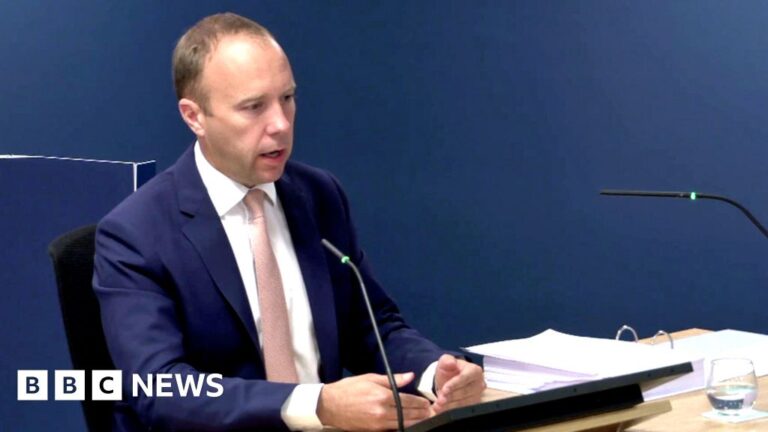Former health secretary, Dr. John Thompson, has expressed concerns over the lack of disaster prevention strategies in the country’s planning process. According to him, there seems to be a disproportionate emphasis on dealing with the aftermath of disasters, particularly in relation to burying the deceased, rather than prioritizing efforts to avert such catastrophes in the first place.
In a recent interview, Dr. Thompson highlighted the need for a shift in mindset when it comes to disaster planning. He argued that while it is essential to provide dignified burials for those who have lost their lives in a disaster, it is equally important to focus on measures that can minimize the occurrence and impact of such events. This would involve investing in early warning systems, improving infrastructure resilience, and enhancing public awareness and preparedness.
Dr. Thompson’s concerns stem from his deep understanding of the health sector and the challenges it faces during and after disasters. He emphasized that the high number of casualties often seen in the aftermath of these events is a direct result of inadequate disaster prevention measures. By redirecting resources towards prevention, he believes that many lives can be saved and the burden on healthcare systems significantly reduced.
Furthermore, Dr. Thompson called for greater collaboration between different sectors and stakeholders involved in disaster planning. He stressed the importance of involving not only health professionals but also engineers, urban planners, and community leaders in decision-making processes. This interdisciplinary approach would ensure a more comprehensive and effective disaster prevention strategy.
To address these concerns, Dr. Thompson proposed several key actions. Firstly, he emphasized the need for governments to allocate sufficient funding towards disaster prevention and preparedness measures. This would enable the implementation of early warning systems, the improvement of critical infrastructure, and the establishment of comprehensive emergency response plans.
Secondly, he underscored the importance of education and awareness campaigns to equip communities with the necessary knowledge and skills to respond to disasters effectively. This would involve disseminating information on evacuation procedures, first aid techniques, and the importance of early warning systems.
Lastly, Dr. Thompson stressed the need for ongoing research and innovation in the field of disaster prevention. By fostering collaborations between academia, industry, and government agencies, he believes that new technologies and strategies can be developed to mitigate the effects of disasters and save lives.
In conclusion, Dr. John Thompson’s concerns highlight the urgent need for a shift in focus from primarily dealing with the aftermath of disasters to proactively preventing them. By investing in prevention strategies, fostering interdisciplinary collaboration, and allocating sufficient resources, it is possible to reduce the loss of life and minimize the impact of disasters on communities.


